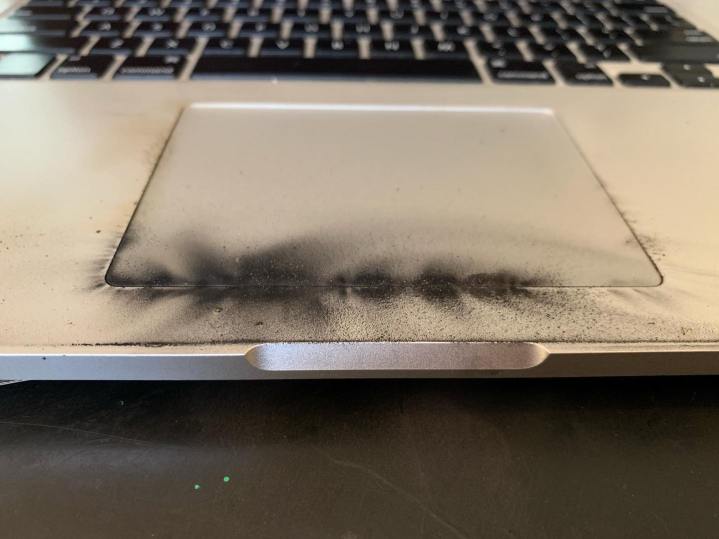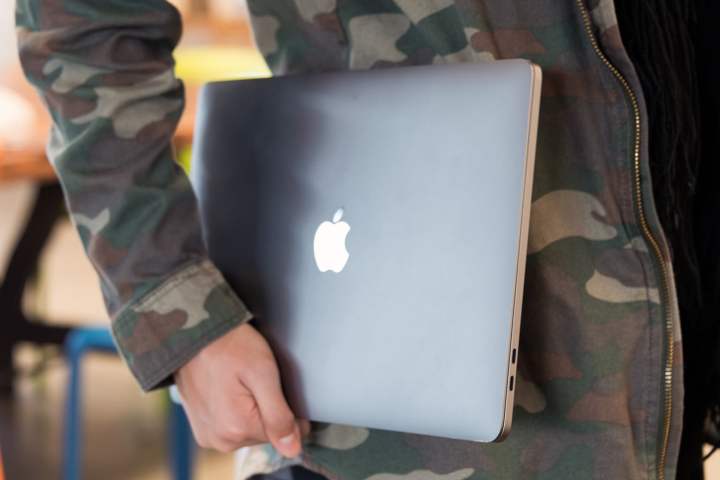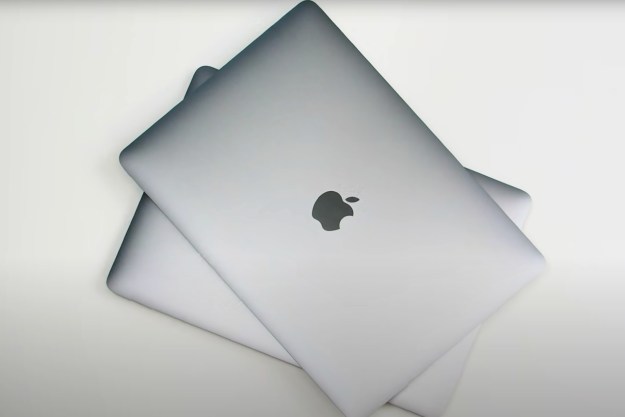Between failing keyboards and battery recalls, it hasn’t been a good couple of years for the MacBook Pro. The most recent problem with overheating batteries has caused the Federal Aviation Administration (FAA) to take notice, resulting in a ban on bringing certain MacBook Pro models on airplanes.
Knowing which is which, however, can be confusing. Here’s everything you need to know.
Why were they banned?

In June, Apple issued a voluntary recall of specific 15-inch MacBook Pros sold between September 2015 and February 2017. According to the company’s own statement, the recall was because the units “contain a battery that main overheat and pose a safety risk.” Following up on that recall, the FAA decided to issue a ban on these specific laptops from flights as a potential fire hazard.
Major U.S. airlines have been alerted of this ban, but we don’t currently know how airports and specific airlines will handle the situation. It’s possible that nothing at all will be done, especially since distinguishing these MacBook Pro models apart from each other is difficult.
What MacBooks are affected?

There’s no simple way to know if your MacBook is on the list. The ban doesn’t have anything to do with MacBook Pros in particular — it’s simply a mandatory response to Apple safety recall, following FAA’s PackSafe regulations.
As of now, it’s only possible to see if your particular battery has been recalled is by typing the serial number into Apple’s support page. It gets even more confusing when you consider that units with replaced batteries are supposedly absolved of the ban. In the U.S. alone, around 432,000 MacBook Pro models have been affected by the battery recall.
Since the initial ban, a handful of international airlines have actually made bans on these recalled MacBook Pros. In particular, Air Italy, Air Transat, Thomas Cook Airlines, and TUI Group Airlines have all announced bans.
Beyond that, some other international airlines have moved to outright bans of all MacBooks from being put in checked bags. So far, Virgin Australia, Singapore Airlines, and Thai Airways have all announced complete MacBook bans. That’s right — your brand new, 2019 MacBook Air is included there. It might seem like overkill, but it’s an efficient way for these airlines to enforce the ban without having to slow down lines at the airport to check the serial number of every Apple-branded laptop. Don’t worry, they’re still allowed in your carry-on, you just need to make sure it’s not in any checked bags.
Should I leave my MacBook Pro at home?

Right now, that’s not necessary. No U.S. airlines or airports have made any serious moves to block them at gates of now. If you’re flying international, however, you may have to pay attention to that particular airline’s policy.
As we’ve said, airlines in Asia and Eurasia have begun to begun to ban MacBooks of all types from checked out bags. You’ll want to know that ahead of time, at least so you make room in your carry-on for it.
We expect other airlines and regulators to make further announcements about the ban in the future, but as of now, that’s as much as we know.
Editors' Recommendations
- The XPS 16 is fighting an uphill battle against the MacBook Pro
- MacBook Pro 16 vs. MacBook Pro 14: The important differences
- Laptop buying guide: what to look for in 2024
- Does your Mac really need antivirus software? We asked the experts
- Everything you need to know about buying a GPU in 2024


